Product Introduction
This is a kind of aluminum smoke pipe. Aluminum smoke pipes are lightweight, corrosion-resistant conduits designed to channel exhaust gases, fumes, or steam in industrial, commercial, and specialized settings. Unlike automotive variants, these pipes prioritize heat management, chemical resistance, and installation flexibility.
Material and process
The smoke pipe and tube are worked by A356-T6 ingot.
A356-T6 ingot is a high-strength aluminum-silicon alloy renowned for its exceptional casting properties and mechanical performance. Primarily composed of 90–92% aluminum, 6.5–7.5% silicon, and trace elements like magnesium (0.25–0.45%), this alloy undergoes a T6 heat treatment to achieve optimal hardness and tensile strength.
As the pipe has the thin thickness in 3mm, we final decide to use low pressure casting to work the product. It is a semi-automated casting method where molten metal, typically aluminum, magnesium, or copper alloys is forced upward from a crucible into a mold using low-level gas pressure. The pressure is maintained until the metal solidifies, ensuring dense, defect-free castings with minimal porosity.
The mold is made from alloy steel and 1-2 cavity casting.
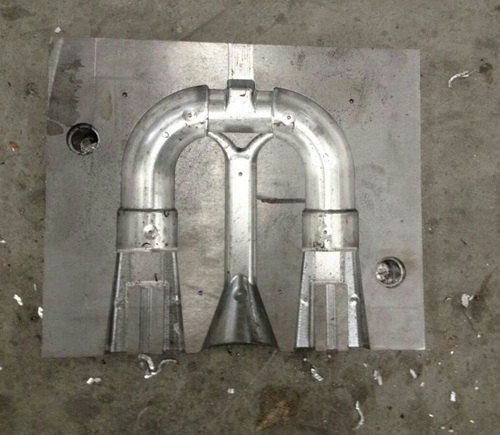
smoke pipe mold-1

smoke pipe mold-2
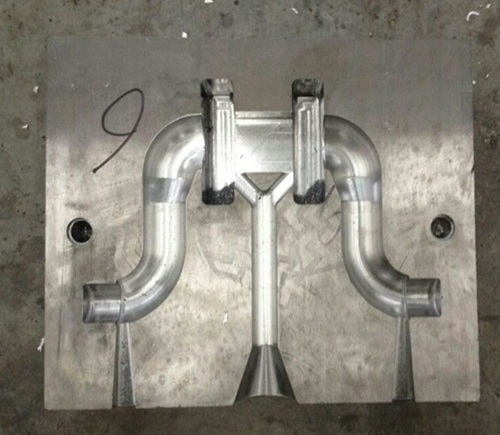
smoke pipe mold-2
After the molds finishing, we move forward to low pressure cast the smoke pipe. Aluminum ingot is melted in a crucible beneath the mold. Inert gas is introduced to the crucible, creating upward pressure that forces the molten metal through a riser tube into the mold. Pressure is maintained until the metal solidifies completely, ensuring continuous feeding of molten metal to compensate for shrinkage. Mold is cooled to expedite solidification and maintain structural integrity.
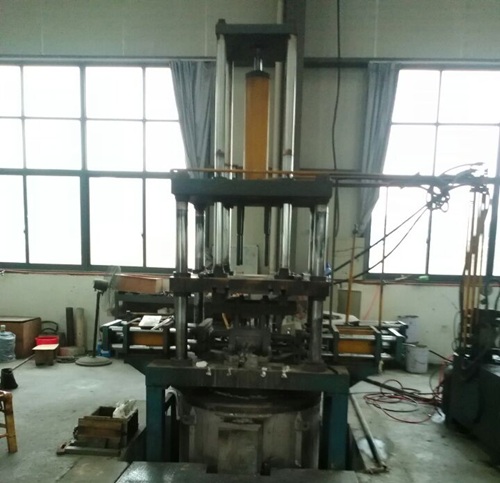

Then come out the rough castings:

rough aluminum casting-1
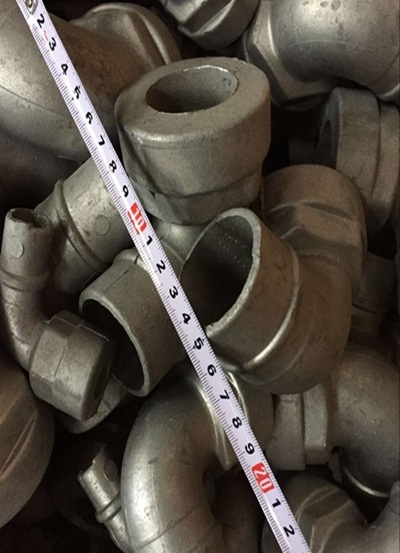
rough aluminum casting-2
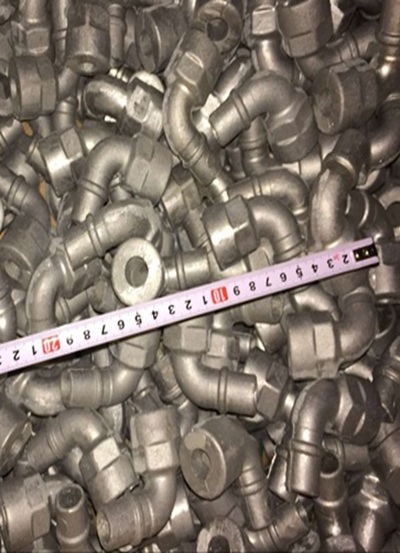
rough aluminum casting-3
After grinding, the products will undergo shot blasting using a hanging blasting method. This hanging shot blasting process ensures consistent surface preparation after grinding, balancing efficiency with precision for various industrial components.
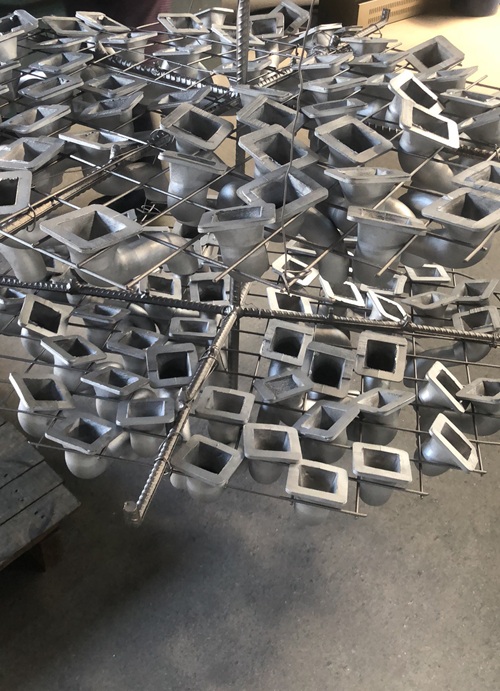
Finally the products are sent to be machined.
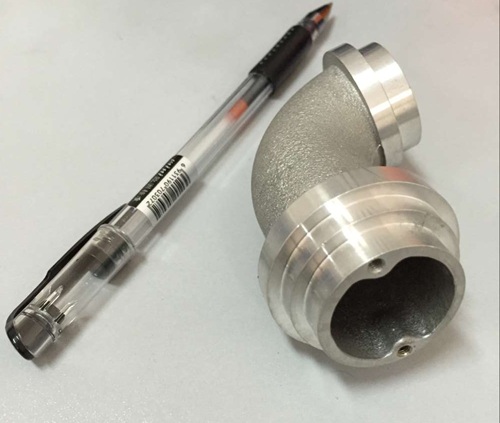
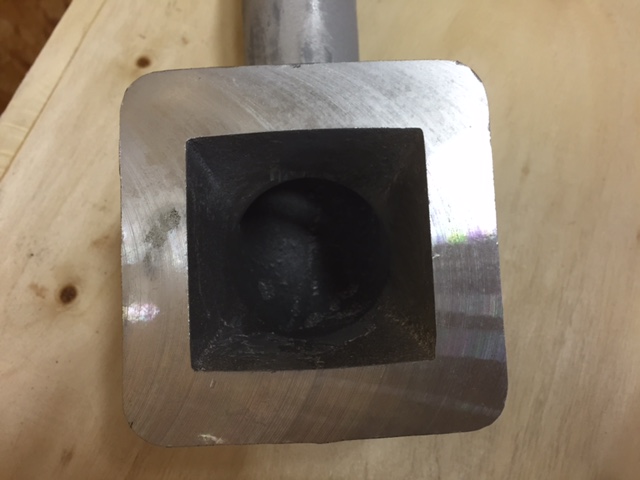
Packing
Before shipment, we conduct comprehensive inspections to ensure product quality and compliance with specifications. Examine for cosmetic defects like burrs, discoloration, uneven surfaces, ensuring all features are free of manufacturing flaws.
We package products with bubble wrap and then place them into wooden crates for enhanced protection during long-distance transportation or handling of heavy loads. This combined packaging method integrates the cushioning of bubble wrap with the structural rigidity of wooden crates, suitable for fragile, valuable, or large components.
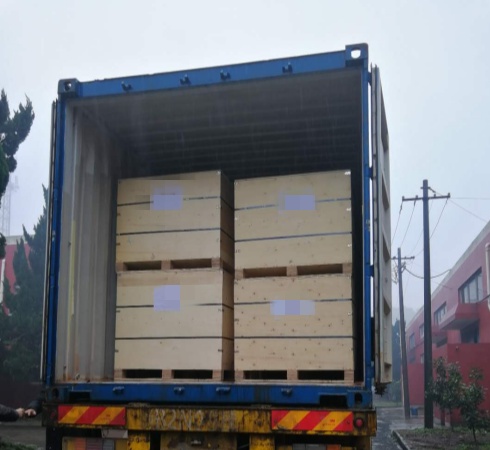
English
العربية
Français
Русский
Español
Português
Deutsch
italiano
日本語
한국어
Nederlands
Tiếng Việt
ไทย
Polski
Türkçe
አማርኛ
ພາສາລາວ
ភាសាខ្មែរ
Bahasa Melayu
ဗမာစာ
தமிழ்
Filipino
Bahasa Indonesia
magyar
Română
Čeština
Монгол
қазақ
Српски
हिन्दी
فارسی
Kiswahili
Slovenčina
Slovenščina
Norsk
Беларуская мова













































